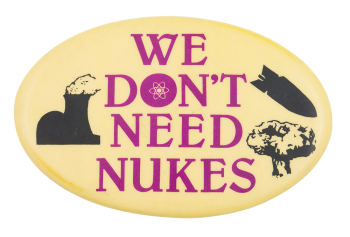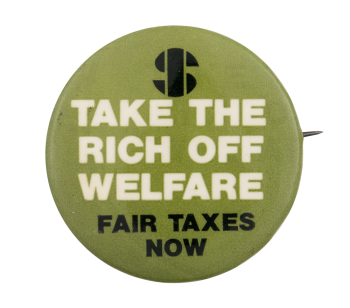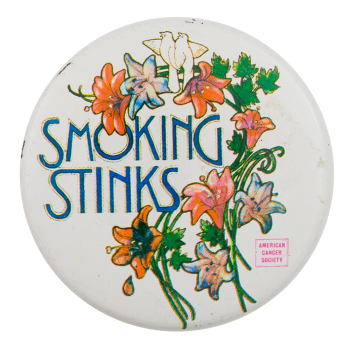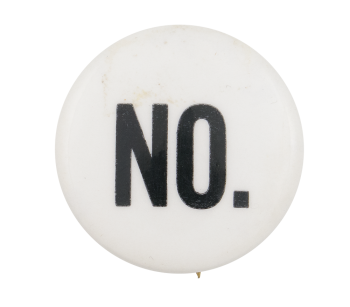National Piano Playing Auditions
| Category | |
|---|---|
| Additional Images | |
| Text on Button | NATIONAL PIANO PLAYING AUDITIONS Y. ART N |
| Image Description | Gold text on the outer blue edge with a gold letter on an inner white circle |
| Back Style | |
| The Shape | |
| The Size | |
| Additional Information | The National Piano Playing Auditions are held annually by the American College of Musicians Piano Guild. The piano guild is a nationally recognized group supporting piano teachers and providing them elevated credentials based on their student’s abilities. |
| Sources |
American College of Musicians. (2020). Retrieved from https://pianoguild.com/
|
| Catalog ID | EV0257 |



















